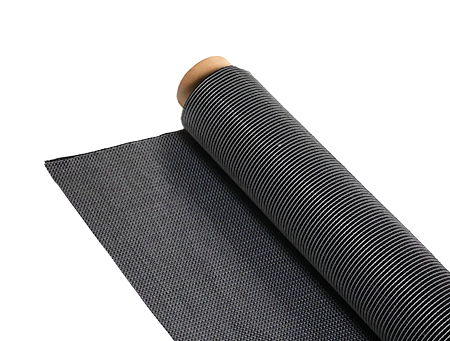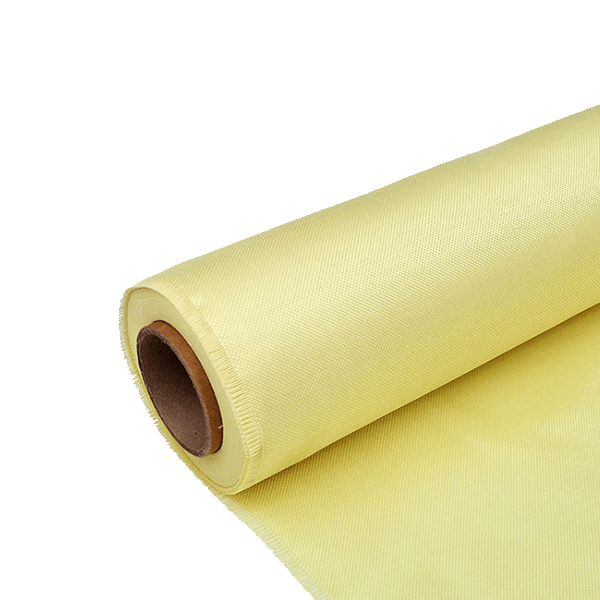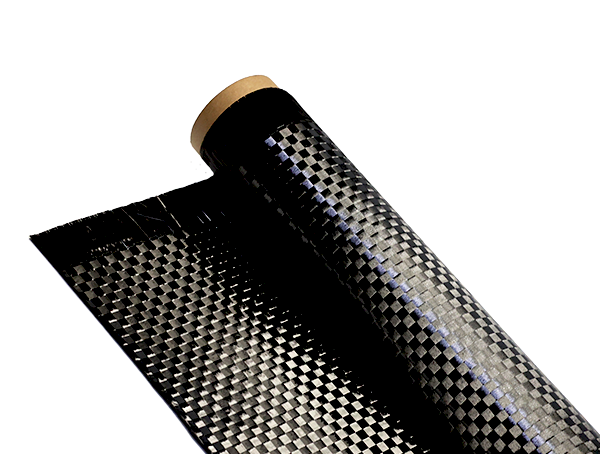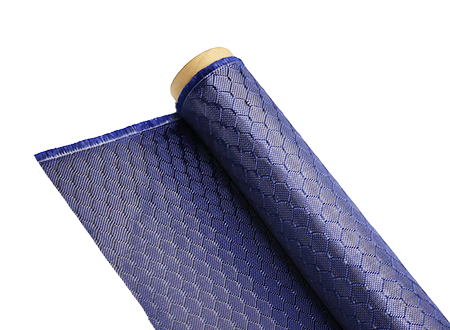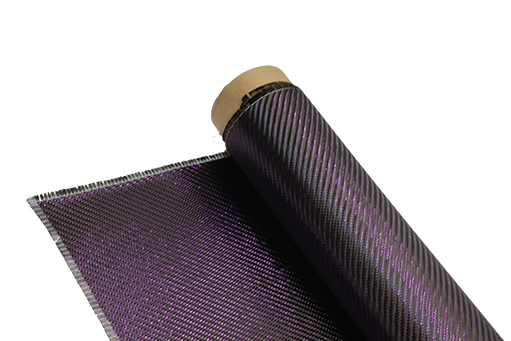Which Industries Prefer 2×2 Twill Over 1×1 Carbon Fiber?
-
Table of Contents
“2×2 Twill: The Preferred Choice for Aerospace, Automotive, and High-Performance Sports Industries.”
Introduction
The choice between 2×2 twill and 1×1 carbon fiber weaves is significant in various industries due to their distinct properties and applications. Industries such as aerospace, automotive, marine, and sporting goods often prefer 2×2 twill for its superior flexibility, aesthetic appeal, and enhanced draping capabilities. The 2×2 twill weave provides a balance of strength and weight, making it ideal for high-performance applications where both durability and visual quality are essential. In contrast, 1×1 carbon fiber, while strong, may not offer the same level of versatility in design and application, leading to its preference in more specialized or structural uses.
Aerospace Industry Applications of 2×2 Twill Carbon Fiber
The aerospace industry is renowned for its rigorous standards and the necessity for materials that can withstand extreme conditions while maintaining lightweight properties. In this context, the choice between different weave patterns of carbon fiber, particularly 2×2 twill and 1×1, becomes crucial. The 2×2 twill carbon fiber weave is increasingly favored in aerospace applications due to its unique characteristics that align with the industry’s demands for performance, durability, and aesthetic appeal.
One of the primary advantages of 2×2 twill carbon fiber is its superior strength-to-weight ratio. This is particularly important in aerospace, where every ounce counts. The 2×2 twill weave provides a more balanced distribution of fibers, which enhances the material’s tensile strength and stiffness compared to the 1×1 weave. As a result, components made from 2×2 twill can endure the high-stress environments typical of aerospace applications, such as during takeoff, flight, and landing. This increased strength allows for the design of lighter structures without compromising safety or performance, which is a critical consideration in aircraft design.
Moreover, the flexibility of 2×2 twill carbon fiber makes it an ideal choice for complex shapes and structures often found in aerospace components. The weave’s ability to conform to various geometries allows engineers to create intricate designs that optimize aerodynamic efficiency. For instance, in the manufacturing of aircraft wings and fuselage sections, the 2×2 twill can be molded into curves and angles that enhance airflow, thereby improving fuel efficiency and overall performance. This adaptability is less pronounced in 1×1 carbon fiber, which, while strong, does not offer the same level of versatility in shaping.
In addition to its mechanical properties, the aesthetic appeal of 2×2 twill carbon fiber cannot be overlooked. The distinctive diagonal pattern of the weave provides a visually striking finish that is often preferred in high-end aerospace applications. This is particularly relevant in the production of luxury private jets and high-performance racing aircraft, where the visual impact of materials can enhance the overall brand image and marketability. The sleek appearance of 2×2 twill carbon fiber not only serves a functional purpose but also contributes to the aesthetic value of the aircraft, making it a popular choice among manufacturers aiming to attract discerning customers.
Furthermore, the aerospace industry is increasingly focused on sustainability and reducing environmental impact. The use of advanced composite materials like 2×2 twill carbon fiber aligns with these goals, as they can lead to lighter aircraft that consume less fuel and produce lower emissions. As the industry continues to evolve, the demand for materials that support these sustainability initiatives will likely grow, further solidifying the position of 2×2 twill carbon fiber as a preferred choice.
In conclusion, the aerospace industry’s preference for 2×2 twill carbon fiber over 1×1 weave is driven by a combination of factors, including superior strength-to-weight ratios, flexibility in design, aesthetic appeal, and alignment with sustainability goals. As aerospace technology advances and the need for high-performance materials increases, the role of 2×2 twill carbon fiber is expected to expand, reinforcing its significance in the development of innovative and efficient aircraft. This trend not only highlights the material’s advantages but also underscores the ongoing evolution of the aerospace sector in its quest for excellence.
Automotive Sector’s Preference for 2×2 Twill Carbon Fiber

The automotive sector has increasingly embraced advanced materials to enhance vehicle performance, safety, and aesthetics. Among these materials, carbon fiber has emerged as a preferred choice due to its exceptional strength-to-weight ratio. Within the realm of carbon fiber, the choice between 2×2 twill and 1×1 weave has significant implications for various applications. Notably, the automotive industry exhibits a distinct preference for 2×2 twill carbon fiber, and this preference can be attributed to several key factors.
To begin with, the 2×2 twill weave offers a unique combination of flexibility and strength that is particularly advantageous in automotive applications. The diagonal pattern of the 2×2 twill allows for greater conformability, making it easier to mold into complex shapes that are often required in vehicle design. This characteristic is especially beneficial for components such as body panels, where intricate curves and contours are essential for both aesthetic appeal and aerodynamic efficiency. In contrast, the 1×1 weave, while strong, tends to be less flexible, which can limit its applicability in designs that demand a high degree of curvature.
Moreover, the visual appeal of 2×2 twill carbon fiber cannot be overlooked. The distinctive pattern created by the twill weave provides a more sophisticated and polished appearance, which is highly sought after in the automotive sector. Manufacturers often prioritize aesthetics alongside performance, as consumers increasingly desire vehicles that not only perform well but also look visually striking. The 2×2 twill weave, with its elegant finish, aligns perfectly with the luxury and high-performance segments of the automotive market, where design plays a crucial role in consumer decision-making.
In addition to aesthetics and flexibility, the mechanical properties of 2×2 twill carbon fiber contribute to its preference in the automotive industry. The weave structure enhances the material’s impact resistance, making it suitable for components that may be subjected to high-stress conditions. For instance, parts such as chassis components, suspension elements, and even interior trim can benefit from the enhanced durability provided by 2×2 twill carbon fiber. This increased resilience not only improves the longevity of the components but also contributes to overall vehicle safety, a paramount concern for manufacturers and consumers alike.
Furthermore, the manufacturing processes associated with 2×2 twill carbon fiber can be more efficient in certain applications. The ability to lay up larger sheets of 2×2 twill fabric can streamline production, reducing labor costs and time. This efficiency is particularly important in the competitive automotive market, where manufacturers are constantly seeking ways to optimize production while maintaining high-quality standards. As a result, the adoption of 2×2 twill carbon fiber can lead to both cost savings and improved turnaround times, further solidifying its position as a preferred material in the industry.
In conclusion, the automotive sector’s preference for 2×2 twill carbon fiber over 1×1 weave is driven by a combination of factors, including flexibility, aesthetic appeal, mechanical properties, and manufacturing efficiency. As the industry continues to evolve and prioritize lightweight materials that enhance performance and safety, the advantages offered by 2×2 twill carbon fiber will likely ensure its continued prominence in automotive applications. This trend reflects a broader movement within the sector towards innovative materials that not only meet functional requirements but also resonate with consumer desires for style and sophistication.
Sporting Goods Manufacturing and 2×2 Twill Carbon Fiber Benefits
In the realm of sporting goods manufacturing, the choice of materials plays a pivotal role in determining the performance, durability, and overall appeal of products. Among the various materials available, carbon fiber has emerged as a preferred option due to its exceptional strength-to-weight ratio. Within the carbon fiber category, the distinction between 2×2 twill and 1×1 weave becomes crucial, particularly in the context of sporting goods. The 2×2 twill weave, characterized by its unique pattern of interlacing fibers, offers several advantages that make it particularly appealing to manufacturers in this industry.
One of the primary benefits of 2×2 twill carbon fiber is its enhanced flexibility and drapability. This characteristic is especially important in sporting goods, where the ability to mold materials into complex shapes can significantly impact product design. For instance, in the production of high-performance bicycles, the frame must not only be lightweight but also capable of withstanding the stresses of rigorous use. The 2×2 twill weave allows manufacturers to create frames that are not only strong but also aerodynamically efficient, thereby improving overall performance. This flexibility in design is a crucial factor that sets 2×2 twill apart from the more rigid 1×1 weave.
Moreover, the aesthetic appeal of 2×2 twill carbon fiber cannot be overlooked. The distinctive diagonal pattern created by the twill weave provides a visually striking appearance that is often sought after in high-end sporting goods. Products such as tennis rackets, golf clubs, and even surfboards benefit from this aesthetic quality, as consumers are increasingly drawn to items that not only perform well but also look appealing. The visual texture of 2×2 twill adds a layer of sophistication that can enhance brand perception and attract discerning customers.
In addition to its aesthetic and design advantages, 2×2 twill carbon fiber also offers superior impact resistance compared to its 1×1 counterpart. This property is particularly beneficial in sports where equipment is subjected to high levels of stress and potential damage. For example, in the manufacturing of protective gear such as helmets and pads, the ability of 2×2 twill to absorb and dissipate impact forces can significantly enhance athlete safety. As manufacturers prioritize the well-being of athletes, the choice of materials that provide optimal protection becomes increasingly important.
Furthermore, the manufacturing process for 2×2 twill carbon fiber can lead to improved production efficiency. The weaving technique allows for faster production times while maintaining high-quality standards. This efficiency is particularly advantageous in a competitive market where time-to-market can influence a brand’s success. By opting for 2×2 twill, manufacturers can streamline their production processes without compromising on the quality or performance of their products.
In conclusion, the preference for 2×2 twill carbon fiber over 1×1 weave in the sporting goods manufacturing industry is driven by a combination of factors that enhance product performance, aesthetic appeal, and safety. The flexibility and drapability of 2×2 twill allow for innovative designs that cater to the demands of athletes, while its visual characteristics elevate the marketability of products. Additionally, the impact resistance and production efficiency associated with this weave further solidify its position as a favored choice among manufacturers. As the sporting goods industry continues to evolve, the advantages of 2×2 twill carbon fiber will likely remain at the forefront of material selection, shaping the future of high-performance sporting equipment.
Q&A
1. **Aerospace Industry**: The aerospace industry often prefers 2×2 twill carbon fiber for its superior strength-to-weight ratio and improved aesthetic finish, which is crucial for both structural integrity and visual appeal in aircraft components.
2. **Automotive Industry**: The automotive industry favors 2×2 twill carbon fiber for high-performance vehicles due to its enhanced flexibility and impact resistance, making it ideal for parts like body panels and chassis components.
3. **Sports Equipment Industry**: The sports equipment industry, particularly in high-end bicycles and athletic gear, opts for 2×2 twill carbon fiber because it provides better durability and a more refined look, which is important for both performance and consumer appeal.



